|
Since 1st. June
2020, the R-8 rear had assemble the "Update Port", user update the
FPGA and USB firmware don't need open the unit.
Price:
( Exclude shipping cost)
Standard version:
USD1480
Full Clocks upgrade version: USD1570
(Femtosecond
Accusilicon *2 upgrade the stock clock and Femtosecond Crystek *2
upgrade on USB interface)
Full upgrade version:
USD1600
(Femtosecond Accusilicon *2
upgrade the stock clockĪA Femtosecond Crystek *2 upgrade on USB
interface and USB isolator with separate USB interface power
supply.)
Please send your address, name
to audio-gd@vip.163.com
get the quote.
Accusilicon clocks:
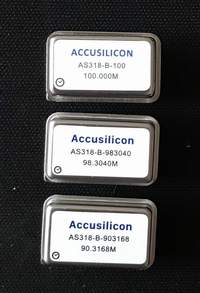
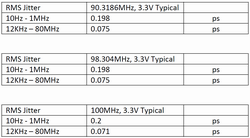
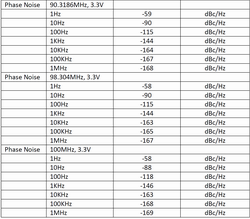
Crystek clocks:
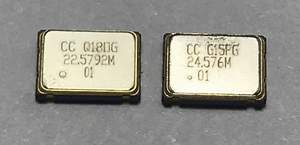
Click to download the
driver of
Amanero
combo 384
Since 1st. Nov.2019
the R-8 has the new front plate without fonts below the display
window.(The inside design and setting method is same ).


DA7 V2 released
Since 7th Dec. 2018, the DA7 module had upgraded to DA7 V2.
It has the hardware upgraded, that included the circuit upgrade and
ladder resistors parameter changed.
In audition, the upgrade had improved a bit on
transparency and detail, more real like on sound stage.
In measure the THD improved over 10DB.
What's the different to R-7 :
The
R-8 has kept all advantage technology of R-7 but applied SMD
technology to lower the cost and price. In sound quality, they are
quite close .
R 7 reviews : https://www.head-fi.org/threads/new-audio-gd-r2r-7-flagship-resistor-ladder-dac.853902/page-180
http://www.6moons.com/audioreviews2/audio-gd/1.html
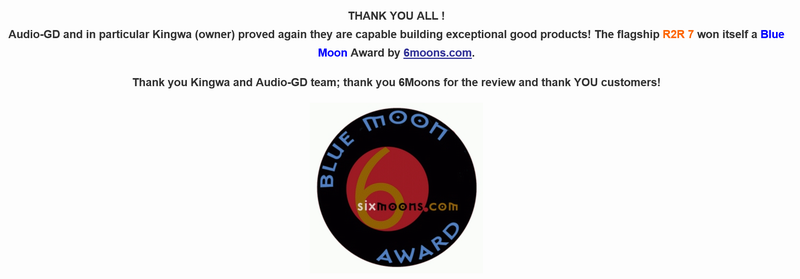
Pros and cons of R-2R DAC :
Advantages:
1.R-2R will not convert the clock signal into the output
signal.
2. R-2R is not sensitive to jitter while Delta-Sigma D/A is
much more sensitive to jitter.
3. The output signal is much more precise compared to
Delta-Sigma D/A .
Weaknesses:
1.THD today is extremely good with Sigma Delta chips; R2R
ladders are good too but not as good.
2. Glitches and accuracy of the ladder resistors are very
difficult to avoid and require complex technology to resolve it. (We
have resolved through the firmware design)
R-2R basic design in the market:
The
R-2R DAC is very popular nowadays and available from DIY kits and
all the way up to high-end products.
In the low range DIY market, the R-2R design is often
based on old technology designed a long time ago by MSB and only
includes basic R2R ladder design and do not include the wonderful
correction design of the original MSB technology. This design uses
data shift registers logic chips in series mode to convert the data
to an analog signal. The structural R2R technology issues cannot be
avoided, and performance is solely depending on the accuracy of the
ladder resistors.
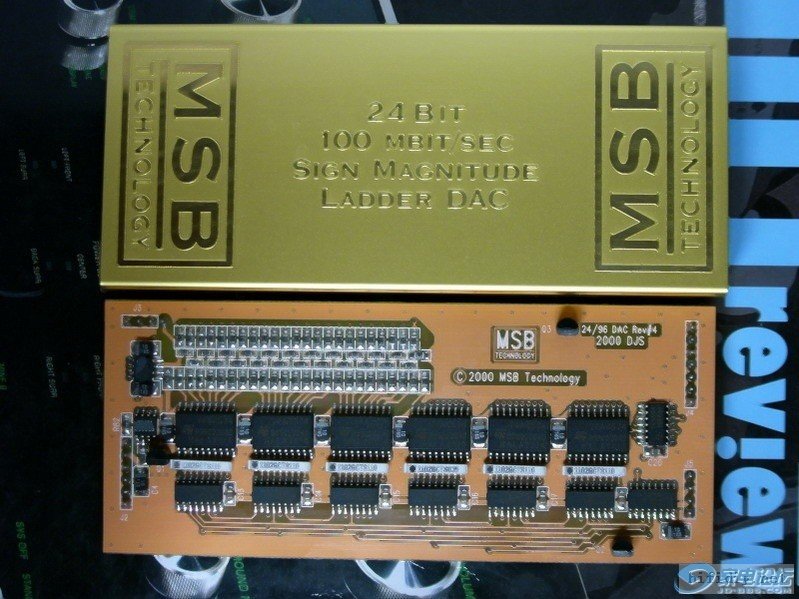
In
the High-End market, the R2R design is much more complex and reaches
performance. A basic R2R ladder is simply not sufficient enough to
achieve good performance and sound quality! Some manufacturers are
using shift registers design. A less complex and lower performance
design based on traditional logic chips working in serial mode to
correct the ladder.
A far better design switches resistors in parallel mode. An
ultra-fast FPGA controls and corrects the R2R ladder. The parallel
design mode controls every bit respectively and therefore achieve
unprecedented performance. (In parallel mode only 1 clock cycle is
needed to output all data; serial design mode needs at minimum 8 up
to 24 clock cycles) The parallel design is much more complicated.
Once designed properly it can correct every bit of the ladder.
Photo below shows a design with such FPGA, can correct the
unavoidable imperfections of the R2R ladder caused by tolerance of
resistors, glitches to achieve best performance.
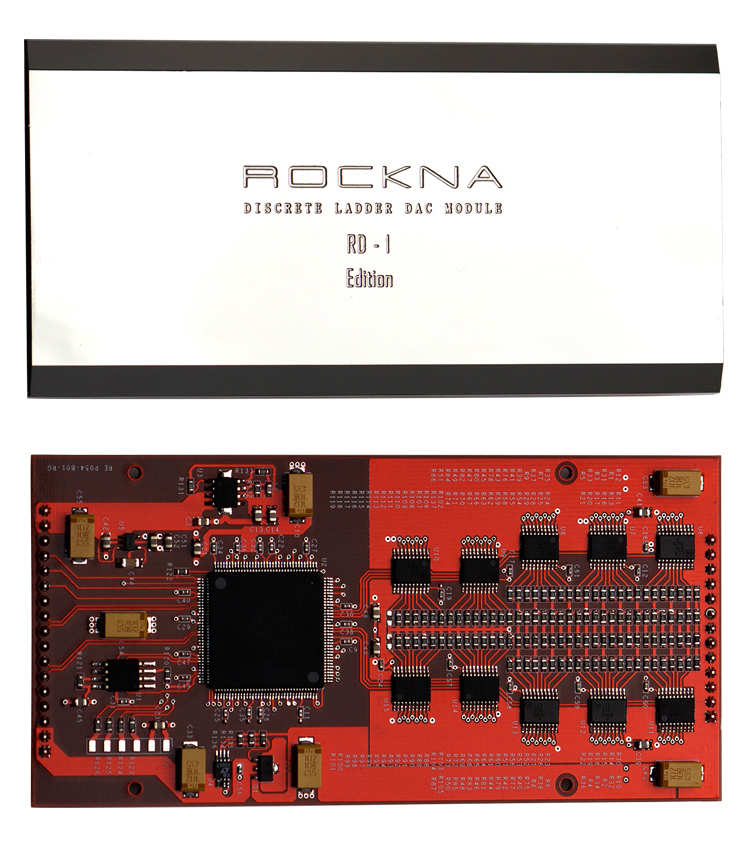
Accuracy of the ladder resistors
(tolerance):
Many people believe the tolerance of the
resistors in the ladder is most important to reach best performance.
Nowadays 24 bit resolution is standard. What tolerance is needed to
achieve 24 bit resolution?
When we look at 16 bit the tolerance of 1/66536, 0.1% (1/1000) is
far not enough, even a tolerance of 0.01% (1/10000), the best
tolerance available in the world today, still cannot handle 16 bit
request correctly; we are not even calculating 24 bit here!
The tolerance of the resistor will never solve Imperfections of a
ladder. This would require resistors with a tolerance of 0.00001%
and can handle 24 bit resolution. This is only in theory because the
discreteness of the switch logic chips have already too much
internal impedance and will destroy the impossible tolerance of a
resistor.
The solution is to correct the ladder and not only depend on the
tolerance of resistors. ItĪ”s a combination of both: Ultra-low
tolerance resistors controlled by a correction technology using very
high speed FPGA are applicable in in our design.
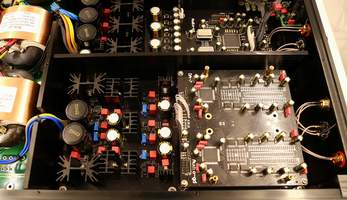
Importunacy of the FPGA :
FPGA stands for Programmable Array Logic.
Nowadays the FPGA
is applied in a lot of high end DACs; like the popular ROCKNA
WAVEDREAM DAC.
The internal
hardware design is fully controlled by complex software. A huge
advantage is the fact the software in the FPGA can easily be
upgraded offering new features or improve the performance. Such
design is much flexible and future proof!
FPGA tasks
The FPGA is responsible for:
1. High performance
SPDIF interface, replacing traditional SPDIF interface chips like
DIR9001, WM8805 or AK411X wich are lower in performance in
comparison to FPGA.
2. Full
re-clocking process with FIFO design applicable on all inputs. This
way the output data keeps fully synchronized with the clock signal
to reject any jitter.
3. Built in 2X, 4X and 8X oversampling and digital filters and on
top of this 4 different true NOS (only analog 6dB filtering) modes.
To completely configure it to your liking!
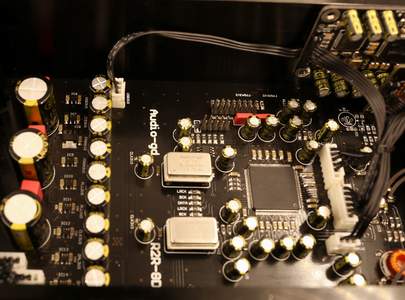
Fully discrete output stages
The
signal last stage is the analog output stages, which can greatly
effect the whole DAC sound quality.
After d/a conversion by the R2R D/A modules the analogue
signal is transported by fully discrete matched-transistor output
stages.
The high speed special ACSS output stages are non-feedback and current driven design.
Almost all other designs need to convert the signal
multiple times from and to current or voltage, resulting in less
detail and less defined sound stage .
The output buffers are single ended FET. Two stages in
parallel to reach very low output impedance. All output stages are
in pure class A design without any (negative) feedback to achieve
purest and a real live sound reproduction.
The 4 OPA opampŻŠs are functioning as DC servo, this way no
coupling-capacitors are needed and DC output is automatically
biased! Resulting in a perfectly neutral sound.
There are no relays or other switches in the signal path
after D/A modules to allow the best and purest sound quality.
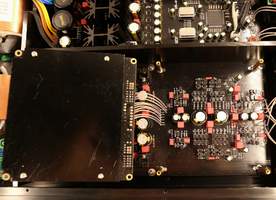
Heavy power supplies design:
The
DAC has 3 high quality low noise, low flux leakage, R-cores
transformers.
In total 130W power to supply all digital parts and the
left and right analog boards.
The digital parts DC power is distributed by 13 ultra
high speed low noise PSUs, they are group became the double stages
PSUs .
The analog parts DC power is distributed by 10 groups
PSUs group became double stages PSUs .All are pure class A low noise
regulated power.
This results in ultra-high speed and ultra-low noise
performance. Clean and independent power for all different parts to
achieve highest quality.


Finishing touch:
The R8 has completely separated power supplies .Digital, left and
right analog channel have their own dedicated transformer. All
boards and transformer compartment are separated by 5mm thick
aluminum plates for high isolation degree.
It improves the signal-to-noise ratio, isolate the
harmonic interference and reduce noise, which will make the sonic
background cleaner and blacker.
The Left and Right analog parts are placed symmetric
beside the digital board to keep the wires and distance identical to
ensure equal output performance on both channels .
The R2R D/A modules are assembled between two aluminum
boards to avoid any RF interferences.
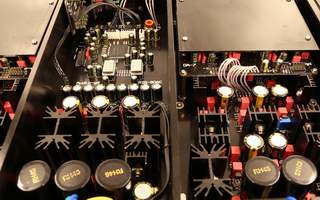
 |

